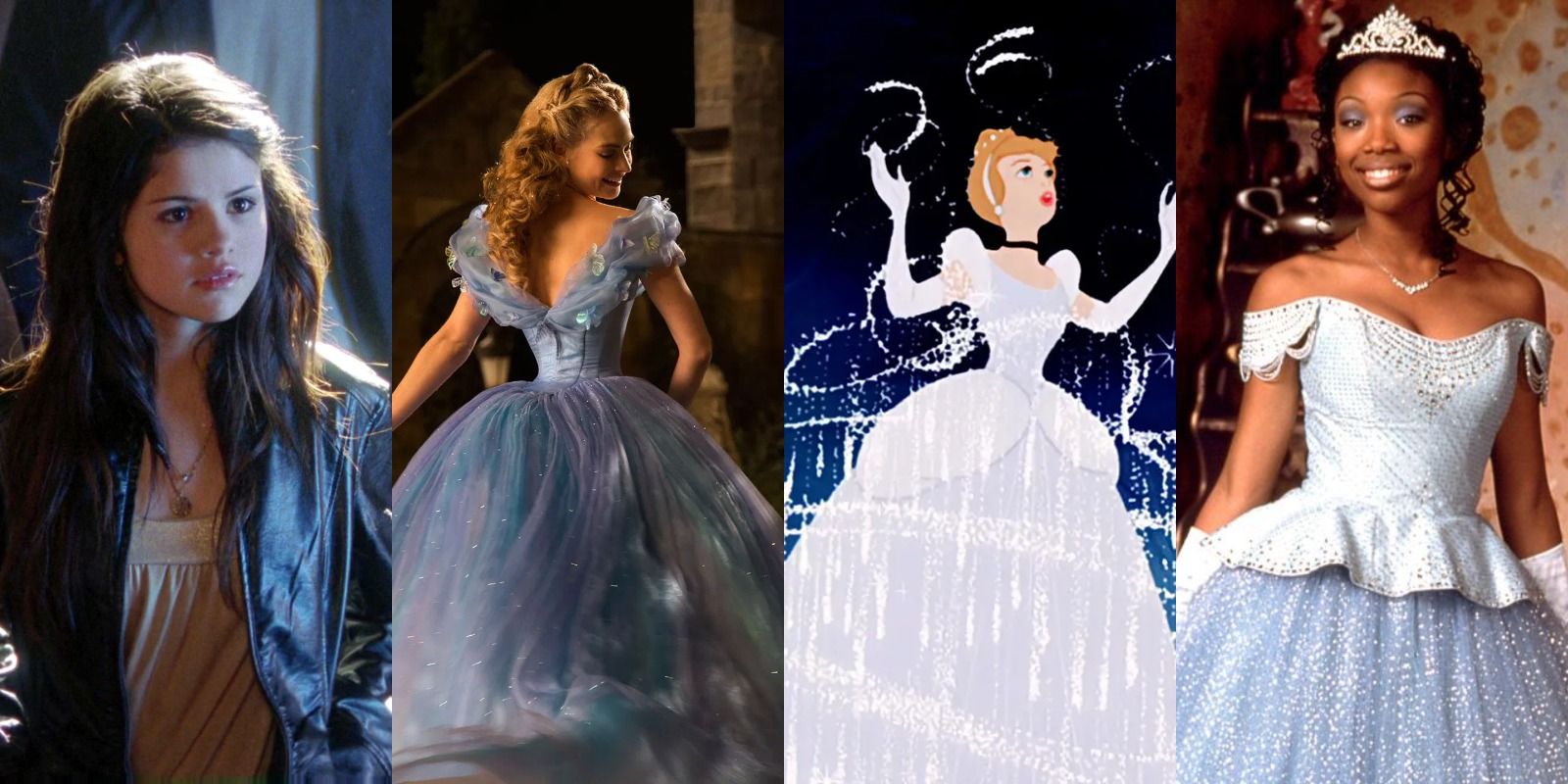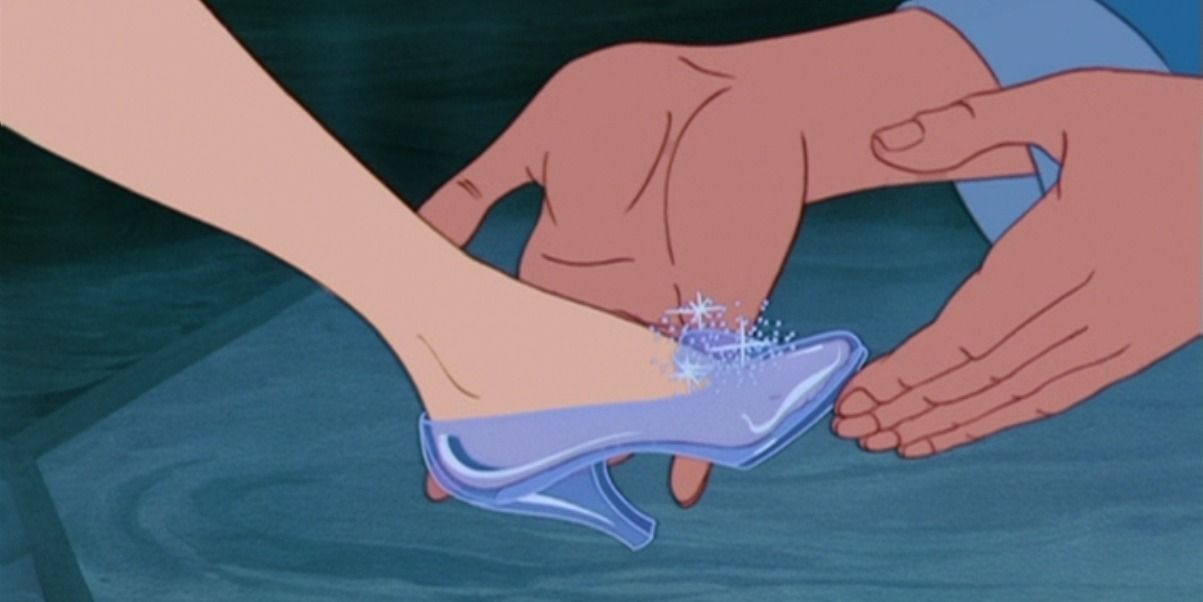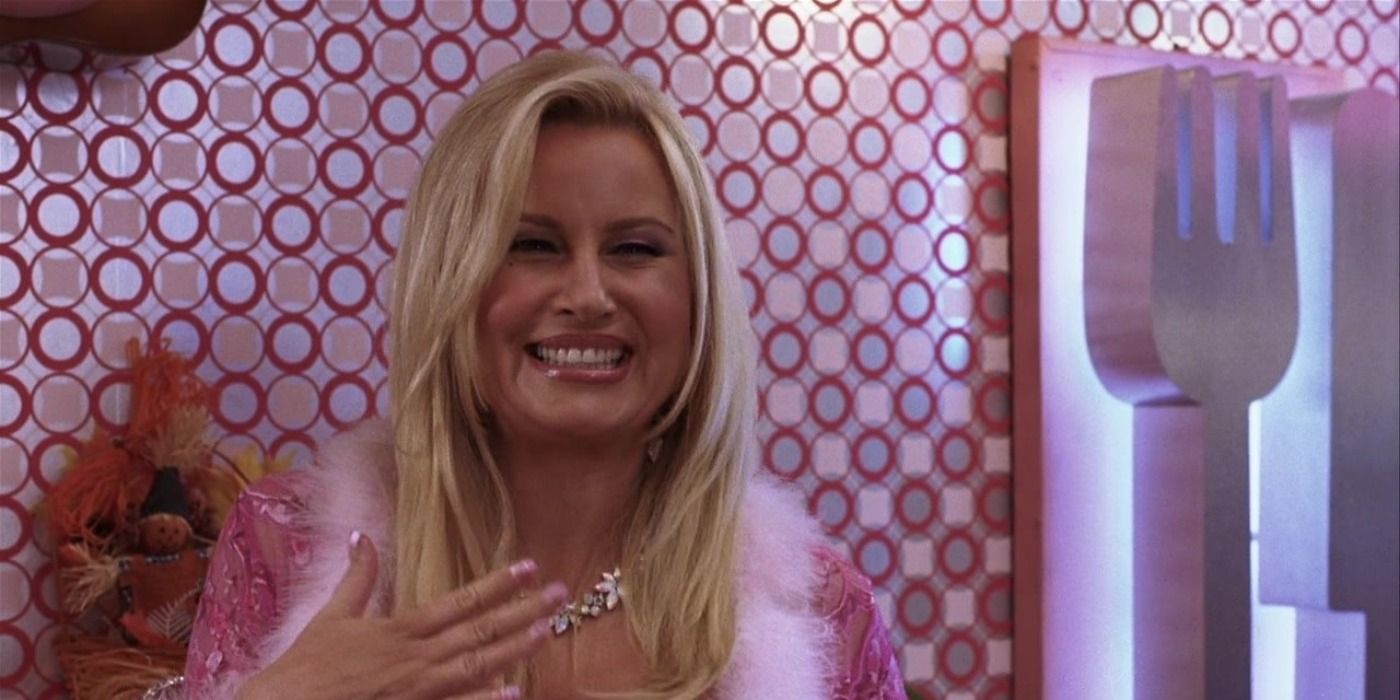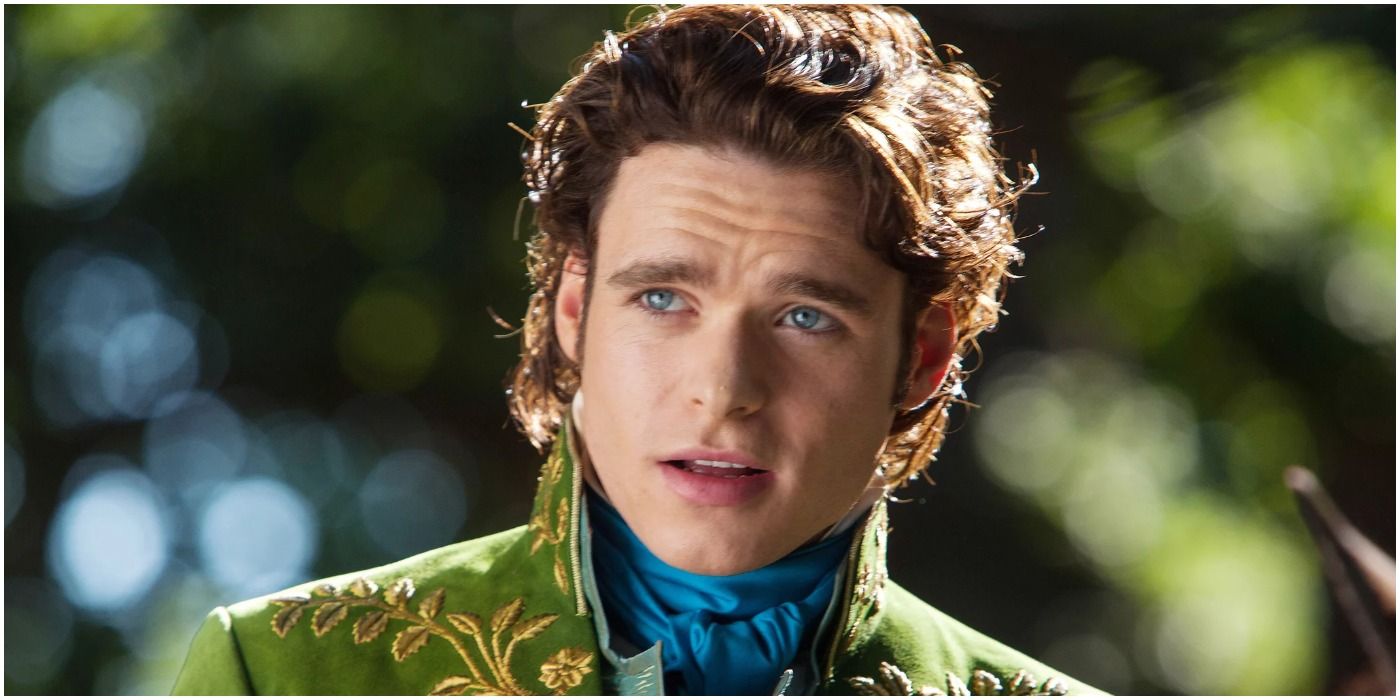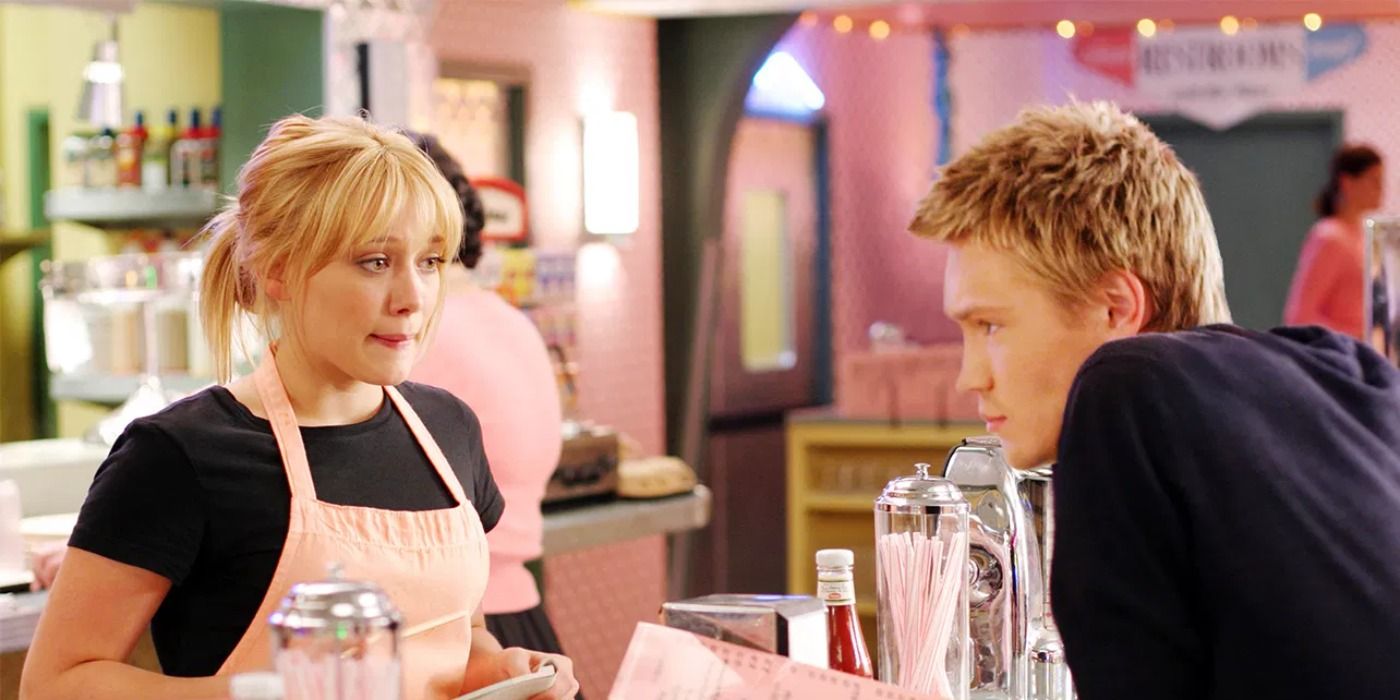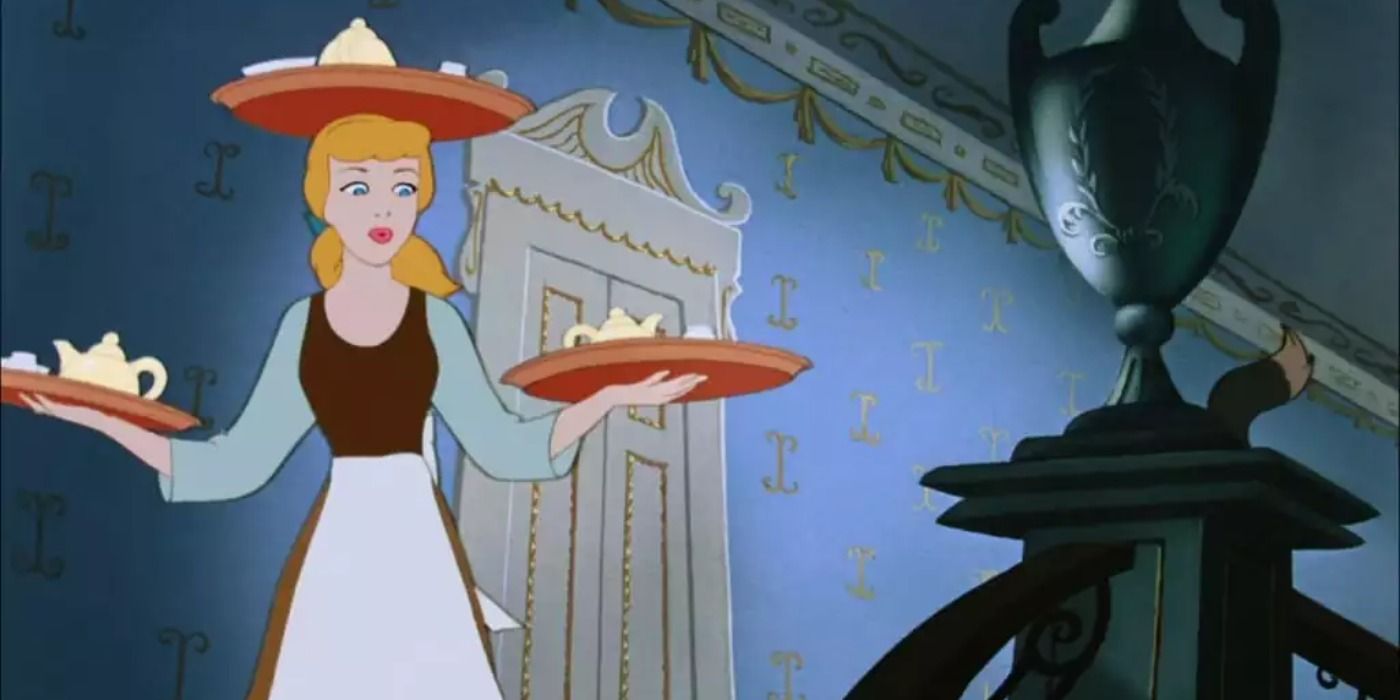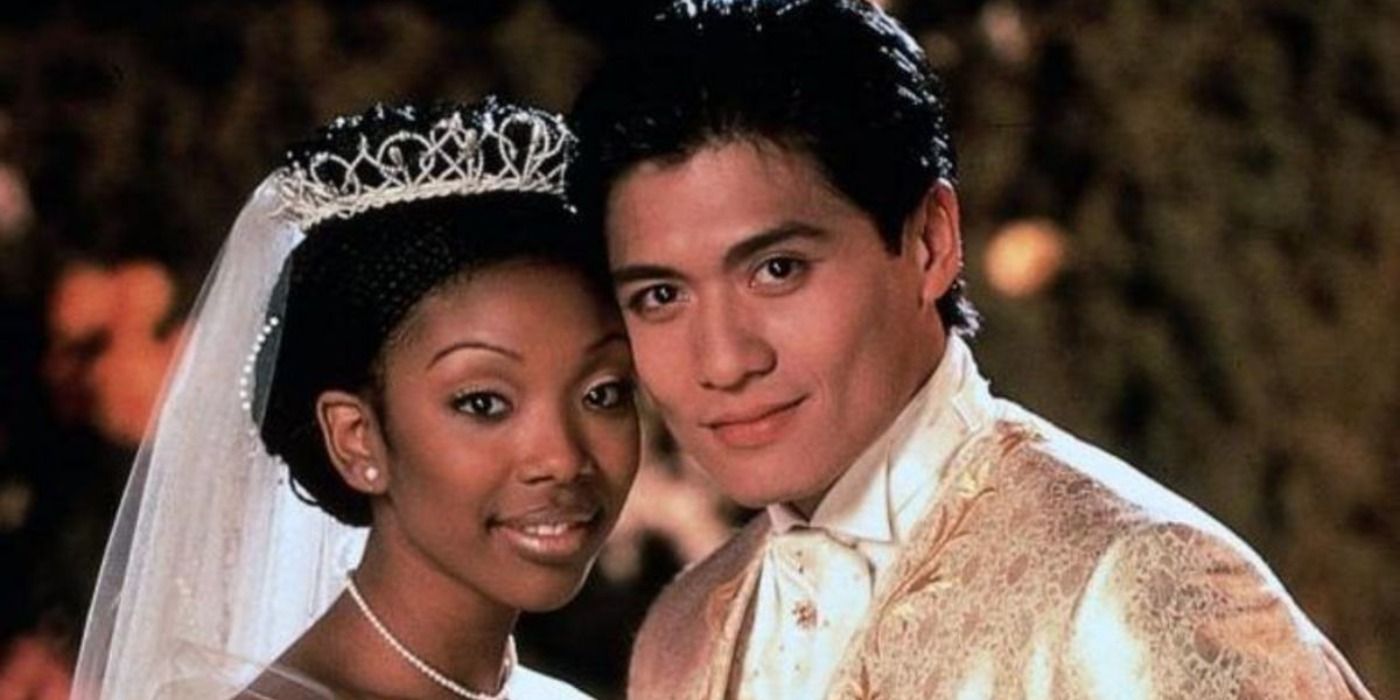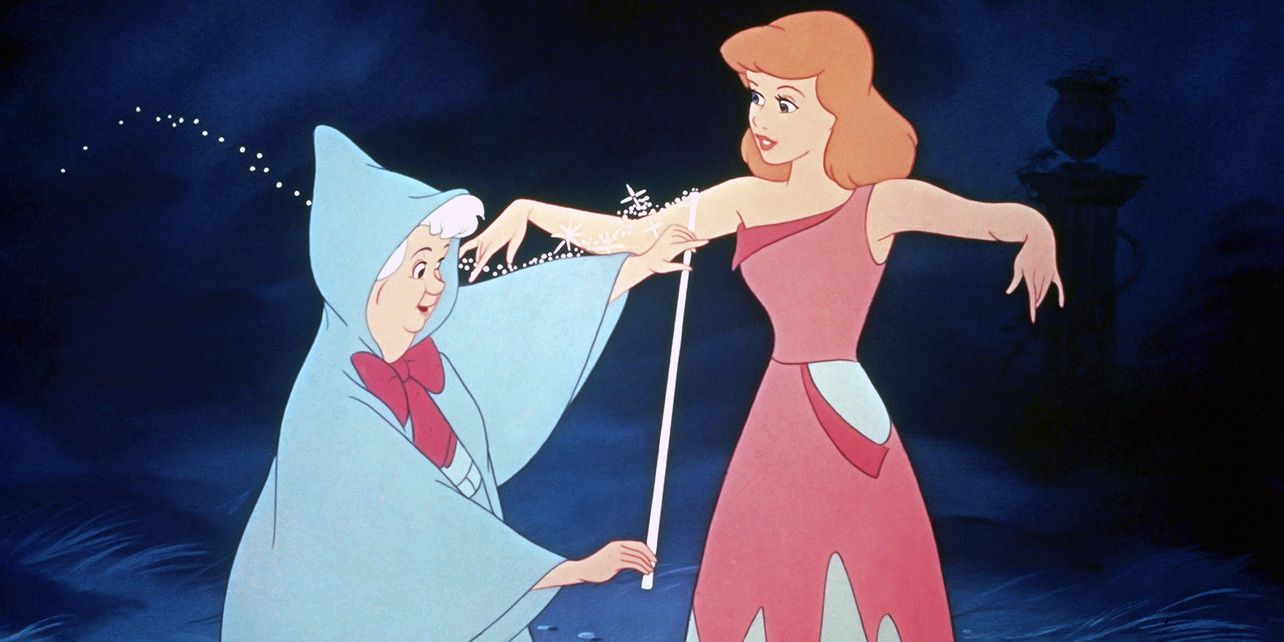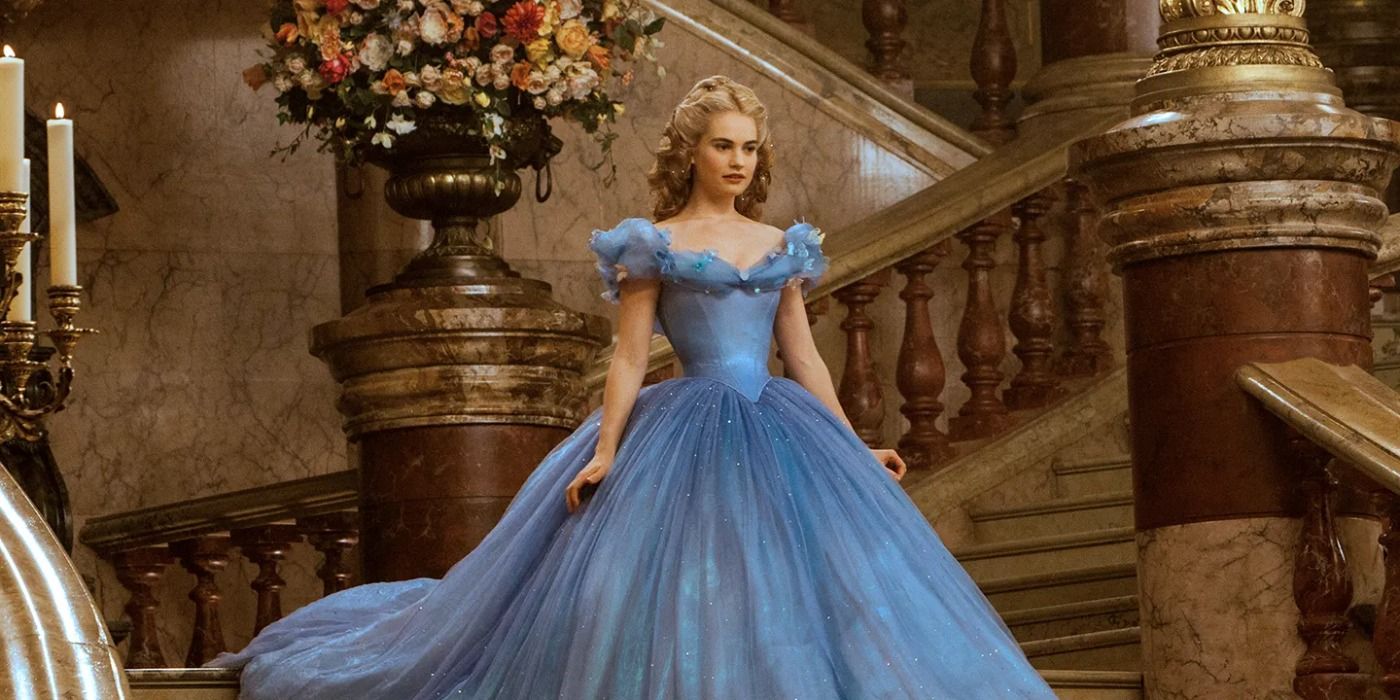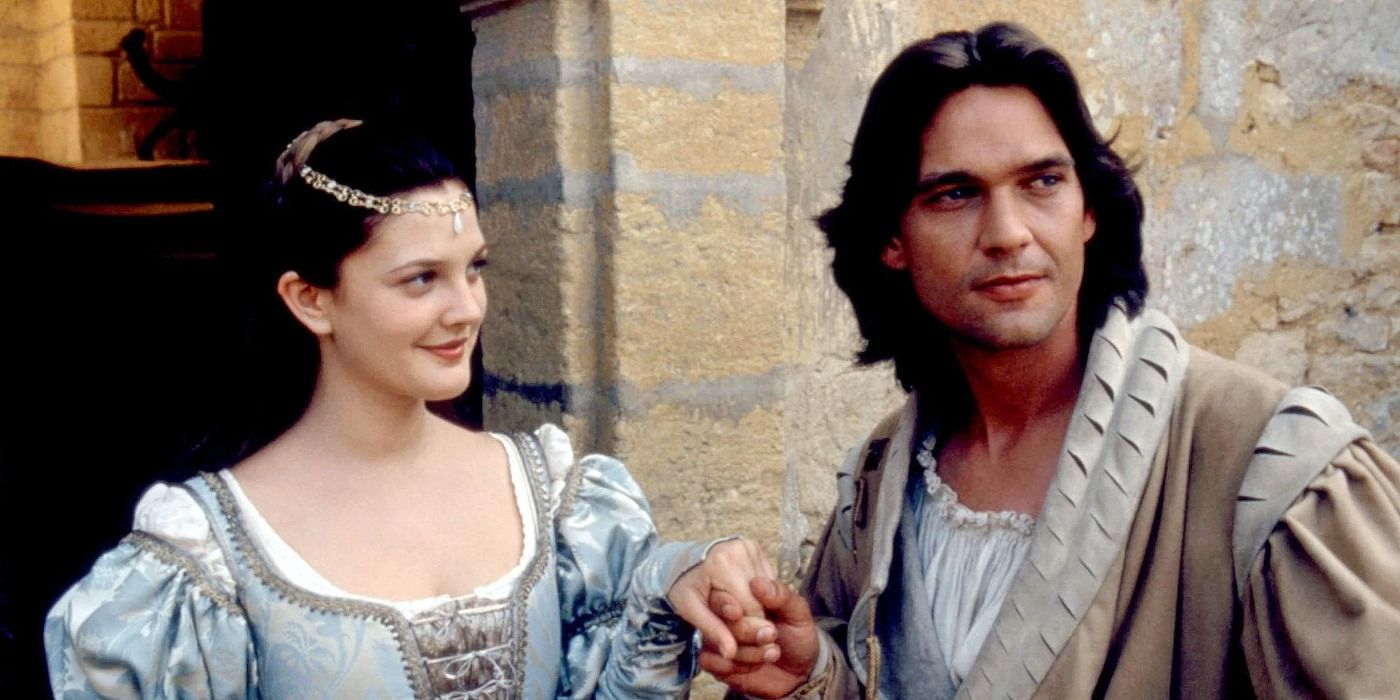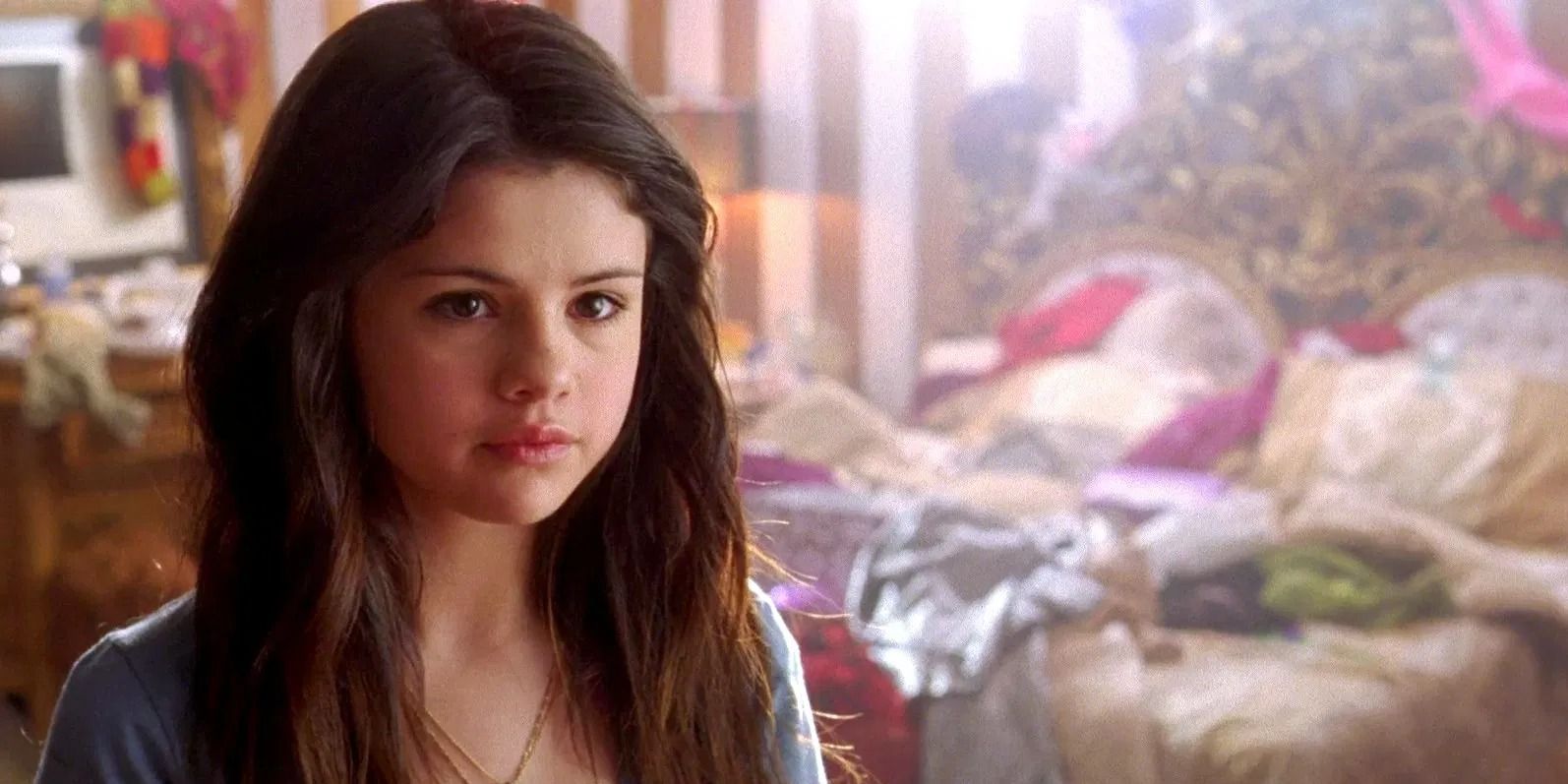As one of the most timeless fairytales in the world, Cinderella has captured viewers for decades. Modern adaptations, primarily by Disney, are now children or teen classics that fans love to rewatch. Even adults enjoy the traditional coming-of-age story of the young woman who is mistreated and neglected but finds her "happily ever after" as she harbors a different kind of strength through her kindness.
Alas, the classic romance story is ingrained with several themes that are just too conservative for modern-day viewers. Even longtime fans agree that certain elements in the story do not help 21st-century children grow. While the Disney 1950 film and future renditions stem from the original ancient tale, they're still popular enough to influence generations of young viewers. Gender roles and racial bias are just a few of the older aspects of the whole tale that just didn’t age well into today’s world.
“If The Slipper Fits” Theme
Seriously, despite the fact that it’s actually laughable to round up an entire town’s female population and test if one of them can fit into a shoe, there’s something else about this theme that modern viewers don’t appreciate.
The idea of one slipper fitting only one woman out of countless others is supposed to convey Cinderella’s outstanding personality, but it also limits one’s perspective on falling in love. The symbol and entire theme convince some viewers that there is only one person in life for them to find. In today’s age, many beg to differ with this idea because some prefer to experience more than one partner throughout their life, while others prefer to date several partners simultaneously.
Evil Stepmother Symbol
The image and sound of the word “stepmother” have become associated with villainy. While Cinderella isn’t the only fairytale to ruin the meaning of what a stepmother really is, it’s one of the issues with the entire story and its adaptations that have given modern audiences a bad taste in their mouths.
Families with step-parents and step-siblings view the evil image as insulting and misleading. What the tale basically conveys is that a new parent in the family is out to hurt the children. While some of the various adaptations added some comedy to the stepmother, like in A Cinderella Story with Jennifer Coolidge, the character’s evil persona is still problematic.
Knight In Shining Armor
Yes, it’s been sweet to see the stereotypically perfect man sweep the girl off her feet and rescue her from her terrible life, but this theme just does not work in today’s world.
The whole male savior image here ultimately was not received well in today’s day and age as young girls are seeing that they don’t need to rely on a male companion for salvation or success.
Class System Position
Does everybody love the “rags to riches” theme? Not anymore because it’s simply outdated, especially through how a female is “saved” from being a poor, abused maid and turned into a wealthy princess.
With the rising awareness about the meaning of the word, “privileged,” some view the class differences in the fairytale as completely obsolete with the wide financial gap between the princess character and everyone else. The characters shown are either completely poverty-stricken or as the wealthy upper class. While the tale is supposed to take place in older times, even the modern adaptations use wealth or just status as a large issue revolving around the titular character, like with Mary acting as the family's housekeeper in Another Cinderella Story.
Household Roles For Women
This is a very obvious issue that was recognized years ago, not just today. The vision of a young female managing an entire household’s chores is insulting for many women. The old custom of a woman cleaning a home has luckily been overthrown, but still concerns many modern viewers.
Aside from Cinderella’s housekeeper image, the role of the stepsisters and mother are also questionable because they paint the picture of how awful it would be for a woman to be the head of a household. Being that the stepmother figure is rich and evil, the idea conveys to men that women shouldn’t rule a home because they would use their newfound authority to harm someone else.
A Relationship Is The Goal
Since all the live-action remakes end with marriage, a long-term heterosexual relationship with the prince is the only happy ending Cinderella seems to get. Marriage brings her wealth and power over a kingdom, apparently.
Even in other renditions, for example, the Cinderella character, Sam, in A Cinderella Story is dedicated to attending Princeton University but does so with a new boyfriend. Similarly, in Another Cinderella Story, Mary wants to be a dancer but the celebrity, Joey, is the one who basically helps her get into an elite dance academy. All in all, the basis of the renditions and the actual tale imply that the Cinderella character needs a male counterpart to help her on her journey.
All-White Characters
Aside from a few technicalities in the adaptations, and despite the wonderful 1997 adaptation with the first black Cinderella being introduced to the screen, most of the films and images of Cinderella and other characters appear to be white, or at least, light-skinned.
While there is an upcoming rendition of Cinderella starring Camila Cabello and Billy Porter (as a genderless fairy godparent thankfully!), the past renditions still show lighter-skinned main characters. For example, A Cinderella Story: Once Upon A Song stars mainly white characters, and the Drew Barrymore rendition, Ever After, does the same.
How Femininity Is Defined
To put it plain and simple, every Cinderella character to date has been presented as “beautiful” because she’s transformed with magic into wearing a big, elegant ballgown. Now, the idea of the tale is that Cinderella is really a beautiful person due to her generous and kind personality.
However, her dainty demeanor is implied to be the manner in which women should behave if they want to be likable. In contrast to Cinderella’s daintiness and shy behavior, the evil stepfamily is portrayed as boisterous, overly confident, and manipulative. While it’s true that cockiness isn’t the greatest trait, female viewers today see this as an indication that being outspoken and confident aren’t “feminine” traits.
All Characters Are Heterosexual
Up until today, pretty much every modern rendition only portrays heterosexual romance. There’s little to no mention of homosexual relationships. While the defense is that the actual tale takes place in medieval times and most obvious relationships were heterosexual, modern adaptations have been criticized for neglecting the entire LGBTQ+ community.
The basis of the story seems like it’s trying to convey only a male-female connection, such as in how the teen adaptations portray Cinderella and her friends only pairing with the opposite gender in a heterosexual way.
No Gender Fluidity Representation
In all the released Cinderella movies and in the original storyline for centuries, gender is solely presented through cisgendered characters. Not many have brought gender to light for a while up until today’s day and age, where many non-binary people are reacting to this tale questioning why they aren’t represented at all.
Fortunately, audiences have the 2021 musical adaptation to look forward to, as Billy Porter will be playing a gender-fluid role, replacing the “fairy godmother” character as a simple “fairy godparent” role with neither the male nor female gender being the character’s depiction.

